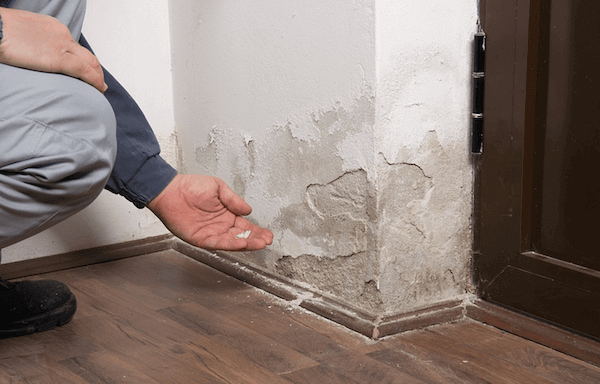Empowering Preteens & Teens: Nurturing Mental Health and Wellness

Mental health and wellness are crucial aspects of a young person's overall well-being, especially during the formative preteen and teen services. It is essential to provide the necessary support and guidance to empower preteens and teens to navigate the challenges they face and develop resilience. By nurturing their mental health and wellness, we can help them build the foundation for a healthy and fulfilling future.
The Importance of Nurturing Mental Health in Preteens and Teens
During adolescence, young people undergo significant physical, emotional, and cognitive changes. This period of transition can be both exciting and challenging, as they navigate issues such as peer pressure, academic stress, body image concerns, and identity exploration. Nurturing their mental health is essential to support their overall development and well-being.
Factors that Influence Mental Health in Preteens and Teens
- Social interactions and relationships with peers
- Familial relationships and dynamics
- Academic pressures and performance
- Body image and self-esteem issues
- Exposure to social media and online influences
- Genetic predispositions to mental health conditions
Signs of Mental Health Issues in Preteens and Teens
- Changes in mood, behavior, or personality
- Social withdrawal and isolation
- Difficulty concentrating or completing tasks
- Changes in eating or sleeping patterns
- Physical complaints without a medical cause
- Expressions of hopelessness or worthlessness
Strategies for Promoting Mental Health and Wellness
Empowering preteens and teens to prioritize their mental health and well-being can have a lasting impact on their overall quality of life. By incorporating the following strategies, caregivers and educators can help support young people in developing the skills they need to cope with challenges and thrive.
Encouraging Open Communication
- Creating a safe and non-judgmental space for young people to express their feelings
- Listening actively and validating their emotions
- Encouraging honest conversations about mental health
Promoting Healthy Coping Mechanisms
- Encouraging regular physical activity and exercise
- Teaching relaxation techniques such as deep breathing and mindfulness
- Supporting hobbies and activities that bring joy and relaxation
Building Resilience and Self-Esteem
- Empowering young people to problem-solve and overcome obstacles
- Recognizing and celebrating their achievements and efforts
- Encouraging positive self-talk and self-compassion
Seeking Professional Support
In some cases, professional intervention may be necessary to support a preteen or teen struggling with mental health issues. It is essential for caregivers and educators to recognize when outside help is needed and to provide appropriate resources and support.
When to Seek Professional Help
- Persistent or severe symptoms of anxiety or depression
- Sudden changes in behavior or mood that are cause for concern
- Signs of self-harm or suicidal ideation
- Difficulty functioning in daily activities such as school or social interactions
Accessing Mental Health Services
- Connecting with school counselors or mental health professionals
- Seeking referrals from primary care physicians or trusted adults
- Exploring therapy options such as individual or group counseling
Conclusion
Empowering preteens and teens to prioritize their mental health and wellness is essential for supporting their overall well-being and development. By fostering open communication, promoting healthy coping mechanisms, building resilience, and seeking professional support when needed, caregivers and educators can help young people navigate the challenges of adolescence and build a foundation for a healthy future.





